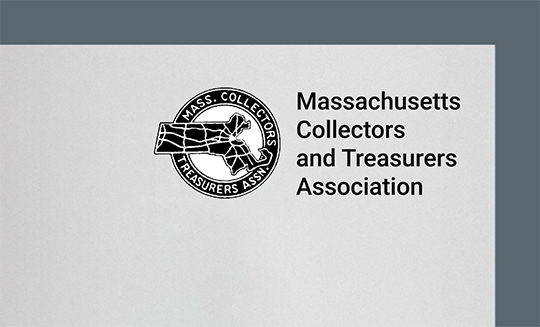Pricing your association’s learning courses can be tricky, but important, business. With the new year quickly approaching, here’s a look at some strategic pricing practices you should be thinking about.
Continuing education is a valuable member benefit and a great source of non-dues revenue for your association. How you price your content can make a big impact on your educational program’s success.
When you publish your pricing, you send a message to your members and prospective members about the value of the products you’re offering. And that message influences their decision to buy.
There are four primary strategies for pricing your educational content:
- Cost-based pricing – With this approach, you simply mark up the actual cost of your educational content. This approach may cover your costs, but it doesn’t take into account what your members want or what your competition is offering.
- Competitor-based pricing – This approach essentially mimics your competitors’ pricing. Again, this approach doesn’t take into account what your members expect. It’s also not guaranteed to cover your costs or might even leave revenue on the table.
- Member feedback-based pricing – Getting feedback from your members is always important. But what if you don’t ask the right questions to get the data you need for a strong pricing approach? You could end up with skewed results.
- Value-based pricing – This is an ideal way to price your educational content. After all, the content is useful, and you’ve likely made a significant investment in staff time and a learning management system (LMS) to provide a great learning experience. These considerations should be reflected in your pricing.
Things to consider when setting value-based pricing for your educational products
Pricing your educational products is too important to leave to guesswork. Consider these three factors:
- What are you trying to achieve? Think about the goals for your educational product pricing. Are you trying to get more of your members to buy? Are you trying to get members who’ve already purchased products to buy more? Are you trying to differentiate one product over another? How are you trying to position your overall educational program in your industry? The answers to these questions should drive how you price your educational products.
- What do you know? While you have your own goals around pricing, it’s also important to keep in mind what you know about your members and what they’re likely willing to pay. It’s also important to understand how each product you’re offering fits into your overall set of educational products. This requires some analysis based on things like member price sensitivity and a deep look at your product portfolio and where each product fits.
- How much influence do you have? You likely have more control over the perception of your pricing than you think. For example, you can alter member perceptions by changing the category of your offering (what type of product you’re offering, and what the acceptable price range is for such offerings).
Whether you’re starting a continuing education program from scratch or adding to an existing program, it can seem overwhelming to set the right pricing strategy. But don’t let that keep you from finding the right approach for your program.
Learn more about how to set strategic pricing for your educational courses. Watch the on-demand webinar, Strategic Pricing for Educational Products.






